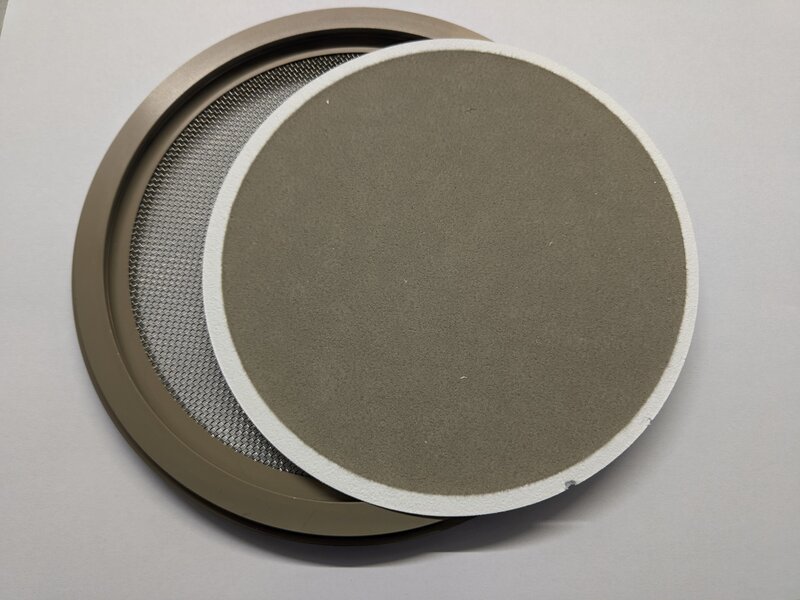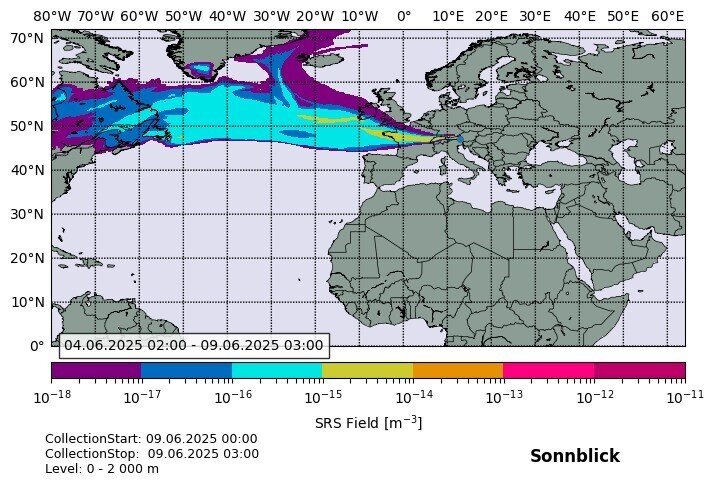Plume from forest fires in Canada reaches the Sonnblick Observatory
Plume from forest fires in Canada reaches the Sonnblick Observatory



Images: Photographs of fires and ash clouds in the Canadian provinces of Saskatchewan and Manitoba in May/June 2025. Source: Conair Aerial Fire Fighting Captain D. Josland.
The annual forest fire season in Canada has unfortunately already begun and the effects are being felt as far away as Europe. As a result, the air quality in many parts of Europe was affected in the period from June 9 to 13 and visibility was limited due to the particles (aerosols) produced by the fires. These aerosols from forest fires consist mainly of soot, ash, organic compounds and mineral particles - depending on what falls victim to the fire.
On the morning of June 9, the observers at the Sonnblick Observatory did not miss the conspicuous smell of the outside air and the following entry was made in the QM log:

The aerosol and trace gas devices at the Sonnblick Observatory recorded a significant increase above the usual level.
The deposits of the collected aerosols are clearly visible on the DIGITEL filter, over which approx. 1000 m³ of ambient air is sucked during 24 hours.

On normal days, few deposits can be seen here and the filter usually remains white.
Using propagation calculations (QRS), the trajectories of the air masses and thus possible source areas of air pollutants can be calculated. The backward trajectories for the Sonnblick Observatory with arrival time June 9 between 0 and 3 a.m. confirm the origin of the air masses over North America - in temporal agreement with the forest fires there.

The current event is particularly noticeable due to the very high concentration of carbon monoxide (CO), which was measured at up to 470 ppb (parts per billion). This value represents the second-highest CO concentrations since 2013, after an event with around 500 ppb on October 1, 2023.

The Sonnblick Observatory is equipped with various aerosol measurement devices, enabling a detailed study of the plume. These measurements are shown in the following charts: Up to 333 particles with a diameter > 0.3 µm could be counted per cubic centimeter of air, with a mass concentration of more than 100 µg/m³ (for comparison: the legal limit value for particulate matter is 50 µg/m³) and a black carbon concentration of remarkable 2.7 µg/m³.


The next chart shows the light scattering on aerosol particles, with an striking increase when the plume arrived shortly after midnight on June 9.

Aethalometers are used to measure the absorption of light by aerosol particles, which allows conclusions about the coloration of the particles and also about the soot concentration.

The two charts below show the particle size distribution in the range between 0.5 and 20 µm (top) and 10 and 800 nm (bottom) showing that the particles were predominantly between 0.2 and 0.7 µm in diameter.


The relevant data from the Sonnblick measurements has been compiled and can be downloaded via our data portal. The permanent link is: https://data.sonnblick.net/dataset/2bb364c0
Further information on this event, the measurements and data can be found at: https://nilu.com/2025/06/smoke-from-canadian-fires-in-europe/